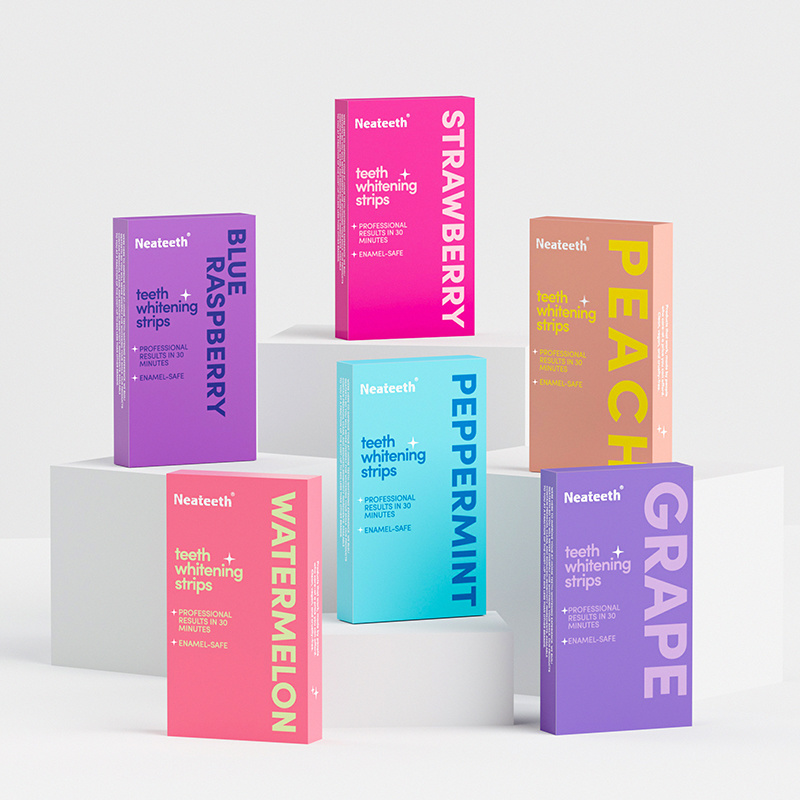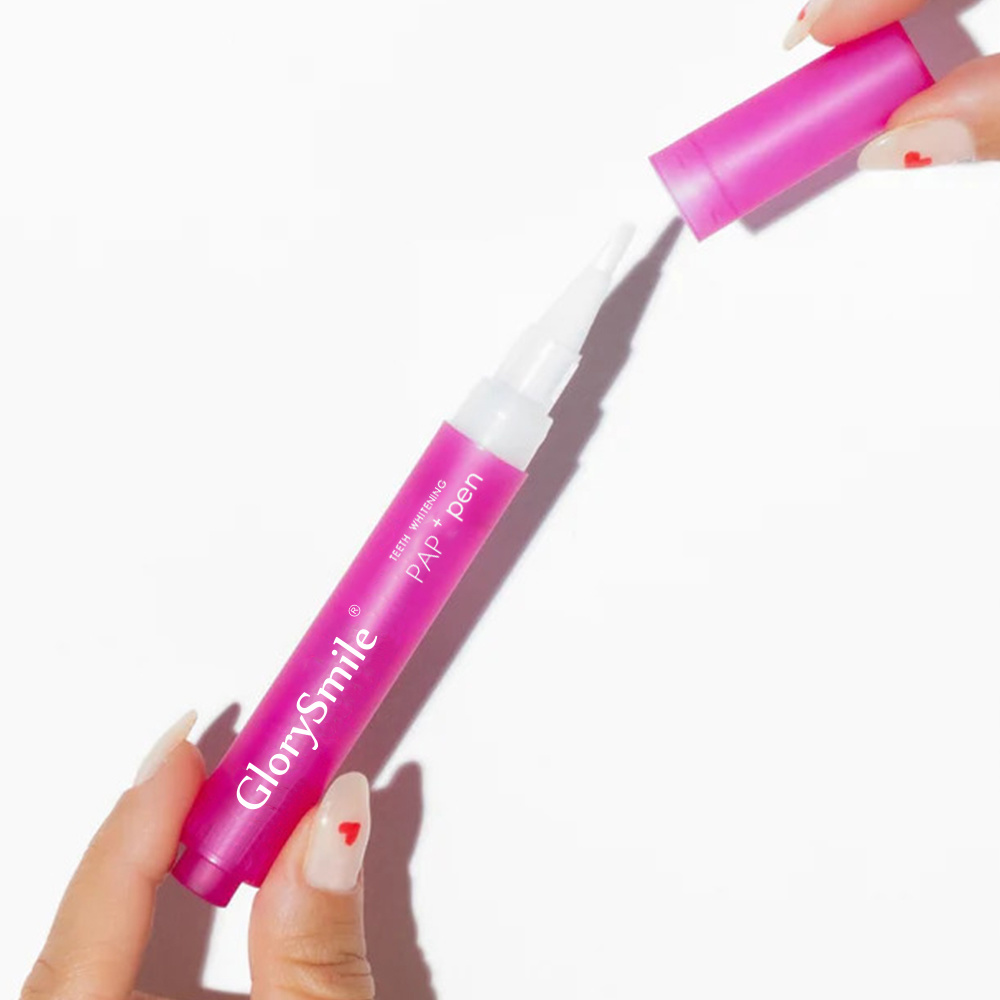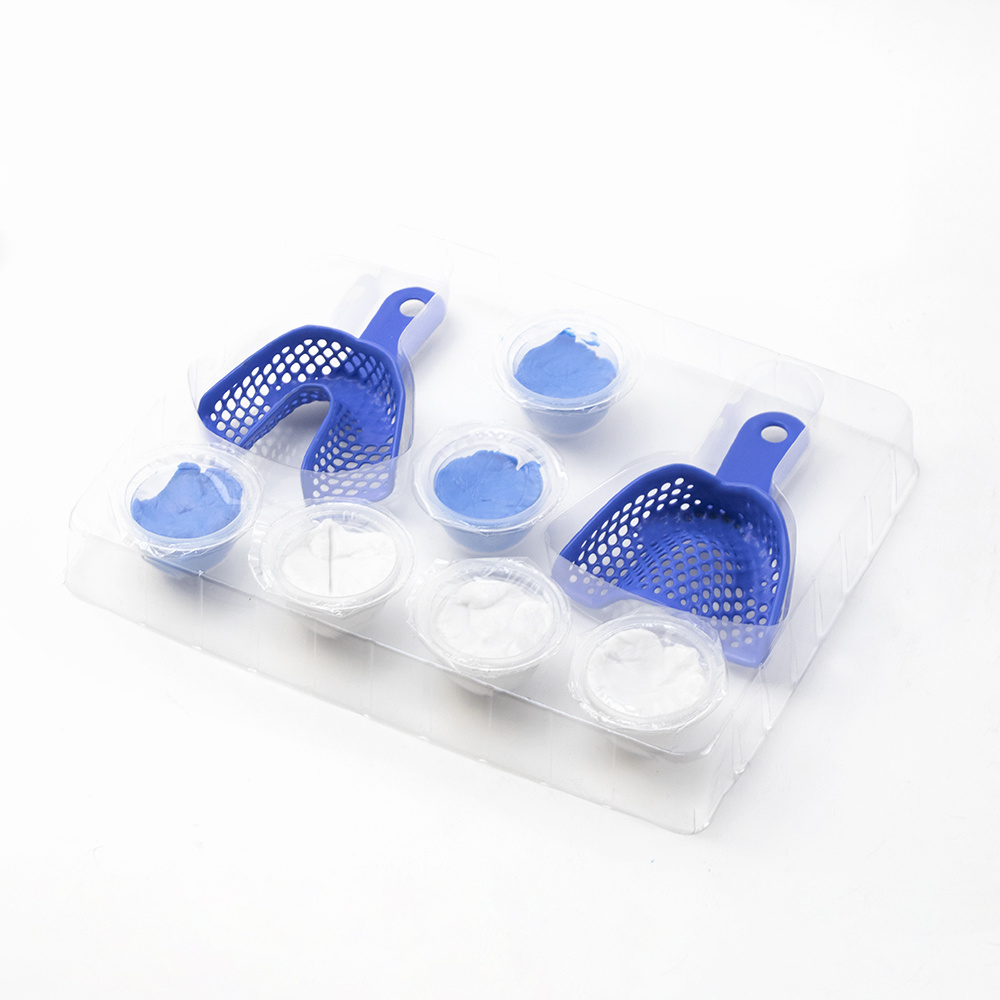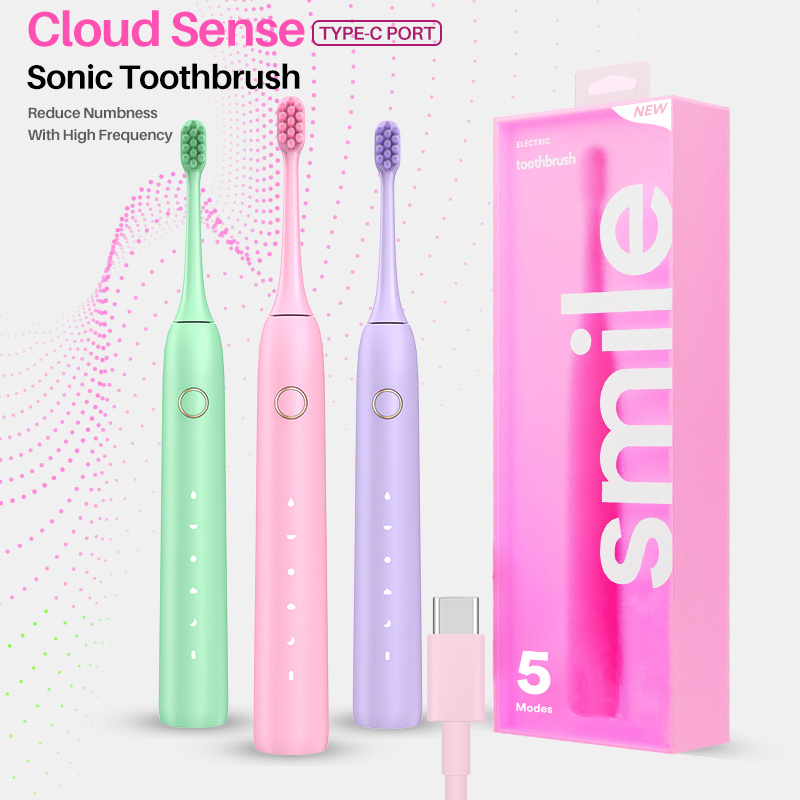15 YEARS MANUFACTURING EXPERIENCE
23
2025
-
06
Maximize Your Smile: Expert Tips for Effectively Using Teeth Whitening Toothpaste
Maximize Your Smile: Expert Tips for Effectively Using Teeth Whitening Toothpaste Table of Contents 1. Introduction to Teeth Whitening Toothpaste 2. Understanding How Teeth Whitening Toothpaste Works 2.1 The Role of Abrasives 2.2 The Importance of Active Ingredients 3. Types of Teeth Whitening Toothpaste 3.1 Hydrogen Peroxide-Based Toothpaste 3.2 Baking Soda Toothpaste 3.3 Charco
Maximize Your Smile: Expert Tips for Effectively Using Teeth Whitening Toothpaste
Table of Contents
1. Introduction to Teeth Whitening Toothpaste
2. Understanding How Teeth Whitening Toothpaste Works
2.1 The Role of Abrasives
2.2 The Importance of Active Ingredients
3. Types of Teeth Whitening Toothpaste
3.1 Hydrogen Peroxide-Based Toothpaste
3.2 Baking Soda Toothpaste
3.3 Charcoal Toothpaste
4. Tips for Using Teeth Whitening Toothpaste Effectively
4.1 Choosing the Right Product
4.2 Proper Brushing Techniques
4.3 Frequency of Use
5. Complementary Oral Care Practices
5.1 Regular Dental Check-ups
5.2 Maintaining a Healthy Diet
6. Common Myths About Teeth Whitening Toothpaste
7. Frequently Asked Questions (FAQs)
8. Conclusion: Achieving Your Brightest Smile
1. Introduction to Teeth Whitening Toothpaste
Teeth whitening toothpaste has gained immense popularity in recent years, as more individuals seek a radiant smile. This specialized toothpaste not only cleans teeth but also works to remove stains and discolorations, offering a convenient solution for those looking to brighten their smile. However, the effectiveness of whitening toothpaste can vary significantly, depending on several factors. In this article, we will guide you through the essentials of using teeth whitening toothpaste effectively, helping you achieve the smile you’ve always desired.
2. Understanding How Teeth Whitening Toothpaste Works
The effectiveness of teeth whitening toothpaste lies in its formulation. Understanding how these products work is crucial to maximizing their benefits.
2.1 The Role of Abrasives
Abrasives play a significant role in removing surface stains caused by coffee, tea, tobacco, and food. Common abrasives include silica, calcium carbonate, and aluminum oxide. These substances help polish the enamel, making teeth appear whiter. It's important to note that while abrasives can enhance brightness, excessive use may harm the enamel, leading to sensitivity or damage.
2.2 The Importance of Active Ingredients
Most whitening toothpastes contain active ingredients, like hydrogen peroxide or carbamide peroxide, which penetrate the enamel to break down stains. These ingredients offer deep cleaning benefits and can improve overall tooth color with regular use. However, the concentration of these ingredients can vary among products, impacting their effectiveness.
3. Types of Teeth Whitening Toothpaste
There are several types of teeth whitening toothpaste available on the market, each with its unique formulation and benefits.
3.1 Hydrogen Peroxide-Based Toothpaste
Hydrogen peroxide is a well-known bleaching agent. Toothpaste containing hydrogen peroxide can lighten tooth color by several shades with consistent use. If you have sensitive teeth, opt for products with lower concentrations to minimize discomfort.
3.2 Baking Soda Toothpaste
Baking soda is a natural abrasive that helps to polish teeth. It also has mild whitening properties due to its alkaline nature, which can neutralize acids that cause discoloration. Many people prefer baking soda toothpaste because it's gentle on enamel.
3.3 Charcoal Toothpaste
Activated charcoal has gained popularity in recent years for its purported ability to absorb stains and toxins. While many users report positive results, scientific evidence supporting its effectiveness is still limited. Be cautious with charcoal-based toothpaste, as excessive use can lead to enamel erosion.
4. Tips for Using Teeth Whitening Toothpaste Effectively
To achieve optimal results with teeth whitening toothpaste, consider the following tips.
4.1 Choosing the Right Product
Select toothpaste that has the American Dental Association (ADA) Seal of Acceptance, indicating its safety and effectiveness. Reading reviews and checking for key ingredients can also help you make an informed choice.
4.2 Proper Brushing Techniques
For maximum effectiveness, brush your teeth for at least two minutes, ensuring you cover all surfaces. Use a soft-bristled toothbrush to avoid damaging your enamel. Applying the toothpaste directly to the brush rather than mixing it with water can enhance its efficacy.
4.3 Frequency of Use
Consult the product instructions for recommended use frequency. While some formulations may allow for daily use, others may be best used a few times a week. Overuse can lead to enamel wear and increased sensitivity.
5. Complementary Oral Care Practices
In addition to using teeth whitening toothpaste, maintaining a comprehensive oral care routine can significantly enhance your results.
5.1 Regular Dental Check-ups
Visiting your dentist regularly for cleanings and check-ups is essential. Dental professionals can provide additional whitening treatments and monitor your oral health, ensuring your teeth remain beautiful and healthy.
5.2 Maintaining a Healthy Diet
Limit the consumption of staining foods and beverages, such as red wine, coffee, and dark sauces. Incorporating crunchy fruits and vegetables can help naturally clean your teeth and stimulate saliva production, which aids in maintaining oral health.
6. Common Myths About Teeth Whitening Toothpaste
Several misconceptions surround teeth whitening toothpaste. Understanding these myths can help you make informed choices.
- **Myth 1:** All whitening toothpastes are the same.
In reality, formulations vary widely, impacting their effectiveness and safety.
- **Myth 2:** Whitening toothpaste can replace professional treatments.
While whitening toothpaste can improve tooth color, it may not achieve the same results as professional whitening procedures.
- **Myth 3:** You can over-whiten your teeth with toothpaste.
Using whitening toothpaste as directed should not lead to over-whitening, but excessive use can harm enamel.
7. Frequently Asked Questions (FAQs)
What is the best teeth whitening toothpaste?
The best toothpaste for you will depend on your specific needs. Look for ADA-approved options with effective active ingredients like hydrogen peroxide or baking soda.
How long does it take to see results from whitening toothpaste?
Results can vary, but many users notice improvements within a few weeks of regular use.
Is it safe to use whitening toothpaste daily?
Many whitening toothpaste formulations are safe for daily use; however, it’s essential to follow the manufacturer’s instructions to avoid enamel damage.
Can teeth whitening toothpaste cause sensitivity?
Some users may experience sensitivity, especially with high concentrations of hydrogen peroxide. If you notice discomfort, consider reducing usage or selecting a gentler formulation.
How does whitening toothpaste compare to professional whitening treatments?
Whitening toothpaste is effective for surface stains, while professional treatments offer deeper whitening and faster results.
8. Conclusion: Achieving Your Brightest Smile
Maximizing your smile involves more than just selecting the right teeth whitening toothpaste; it requires understanding how these products work and incorporating them into a comprehensive oral care routine. By following the tips outlined in this guide and debunking common myths, you can effectively enhance your smile and maintain your dental health. Remember, achieving a bright smile is a journey, and with the right approach, it’s one you can master.
Previous page
Related news
undefined
COMPANY
About Us
OEM Service
After-Sale: info@glorysmile.com
QUICK CONTACT
Makou Industrial Park, Yongxiu County, Jiujiang City, Jiangxi Province, China, 332000
+86 18279124913
Copyright © 2022 DENT(HK)LIMITED LTD SEO


 Language
Language










 +8618279124913
+8618279124913 helen.xiao@enjoywhite.com
helen.xiao@enjoywhite.com Message
Message 